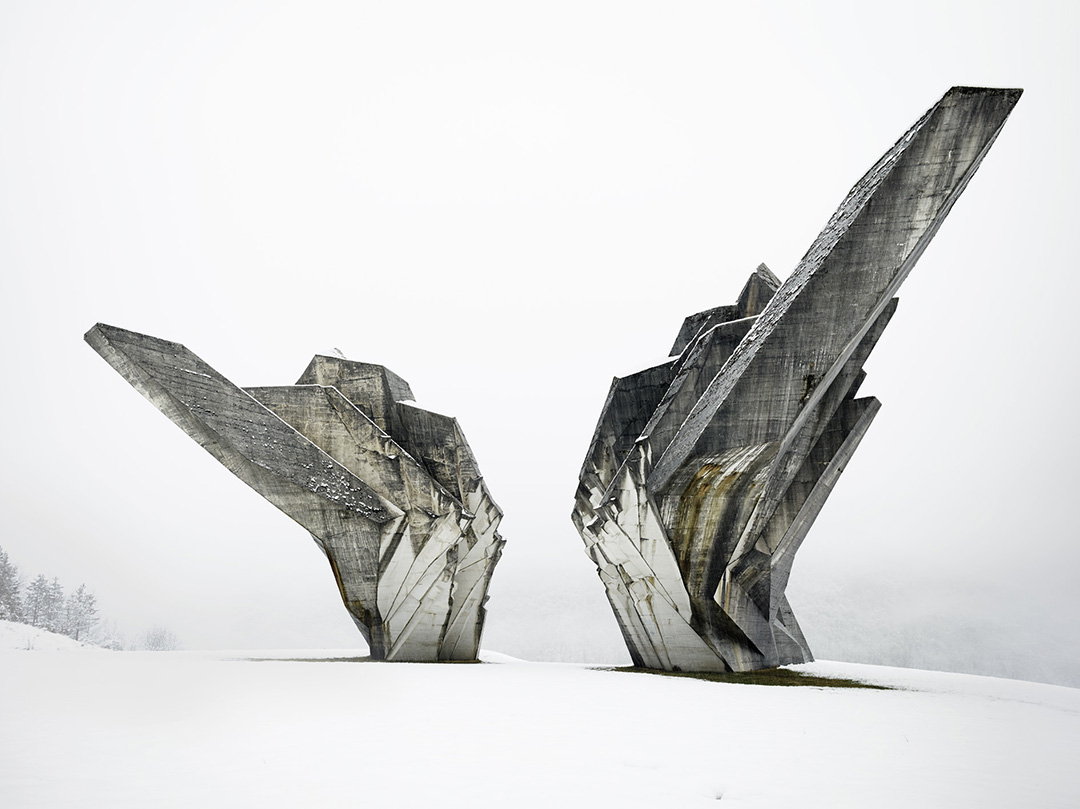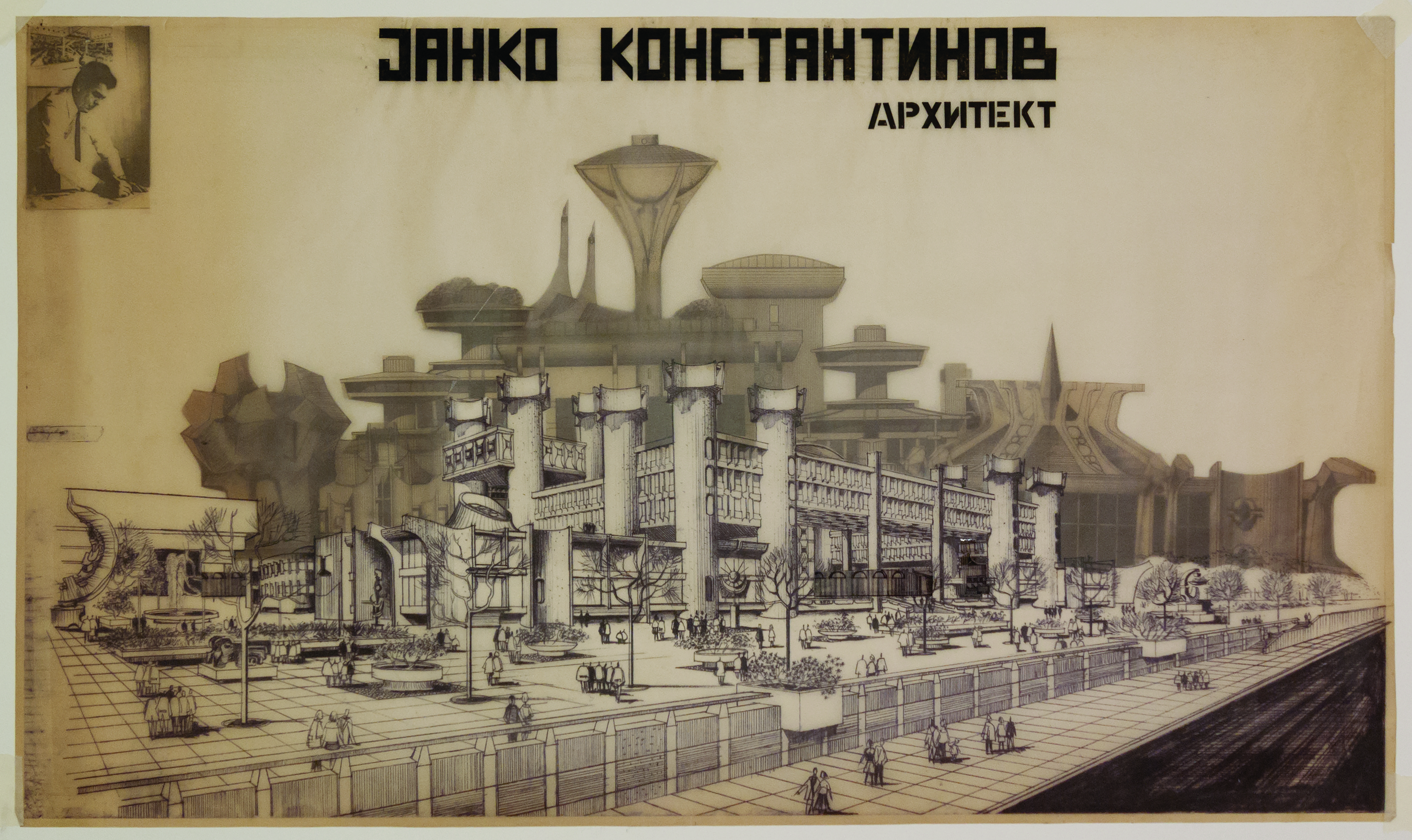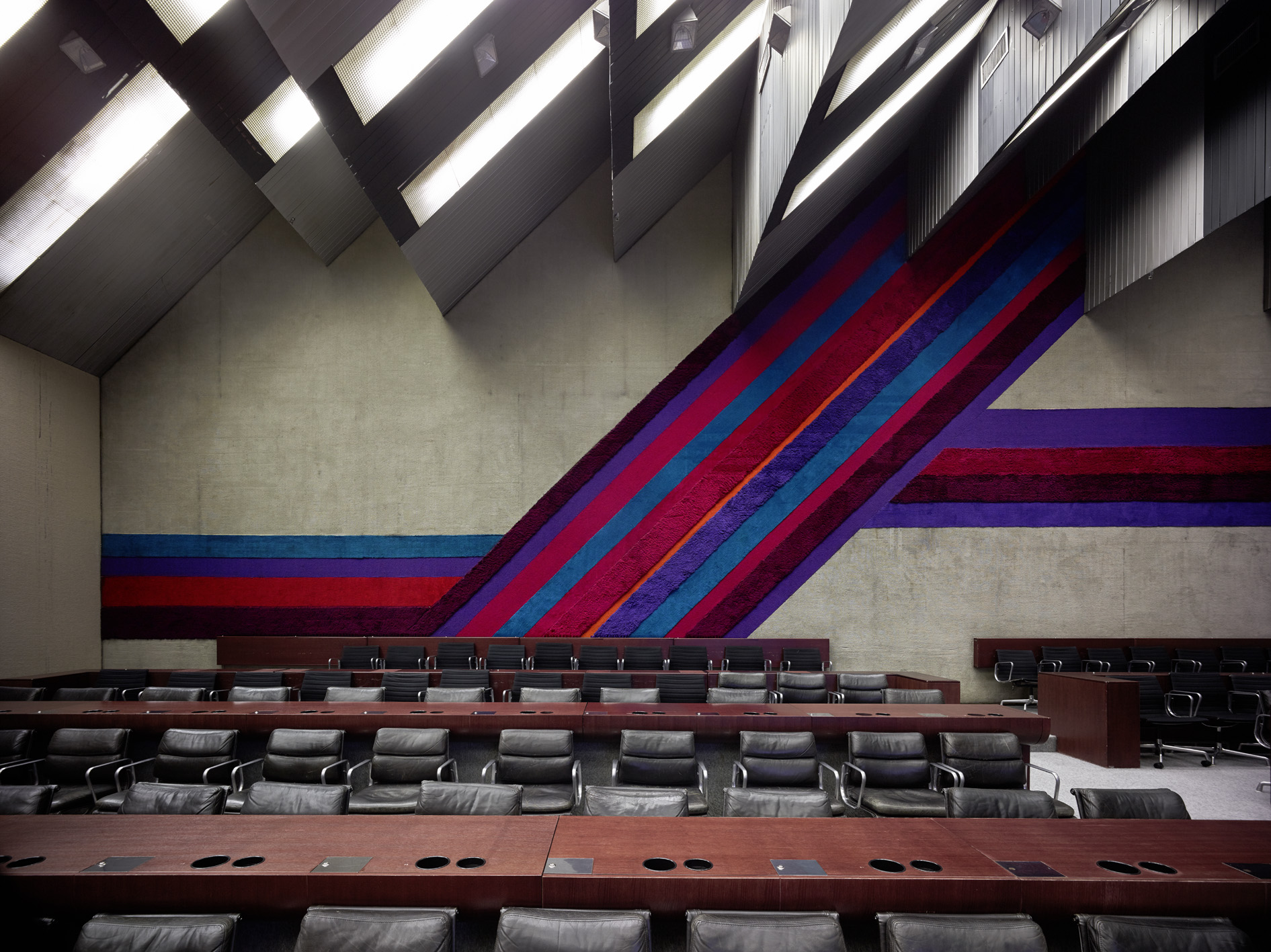
MoMA looks back at Yugoslav Brutalism
MoMA's exhibition, Towards a Concrete Utopia, will be the first major US show to study this state's architecture
Yugoslavia doesn’t exist any more (the country broke up in the 1990s), but for a while the country looked like it might be leading us towards some bright, utopian future.
The state was part of the Non-Aligned Movement, siding with neither the West or the East, and during the mid-to-late 20th century its softer take on socialism seemed for a while, to offer a viable alternative to the USSR.
Some of the physical remnants of that hopeful regime will go on display at New York’s Museum of Modern Art this summer, when MoMA stages Toward a Concrete Utopia: Architecture in Yugoslavia, 1948–1980.

This, the first major US exhibition to study this body of work, will include more than 400 drawings, models, photographs, and film reels, drawn from municipal archives, family-held collections, and museums across the region.
There’s incredibly bold works such as the Monument to the Battle of Sutjeska, a bloody World War II victory commemorated with this near-psychedelic arrangement of concrete; Janko Konstantinov’s distinctly Byzantine Telecommunications Centre and Post Office in Skopje; and Stojan Maksimović ordered, contemporary looking Belgrade culture facility, the Sava Center.
The utopian dreams of Yugoslavian planners may have faltered in the 1990s, yet they certainly left behind a great-looking legacy.

For more on brutalism, get This Brutal World; for more on concrete architecture old and new get Concrete; for more on left-wing 20th century design get Made in the USSR.